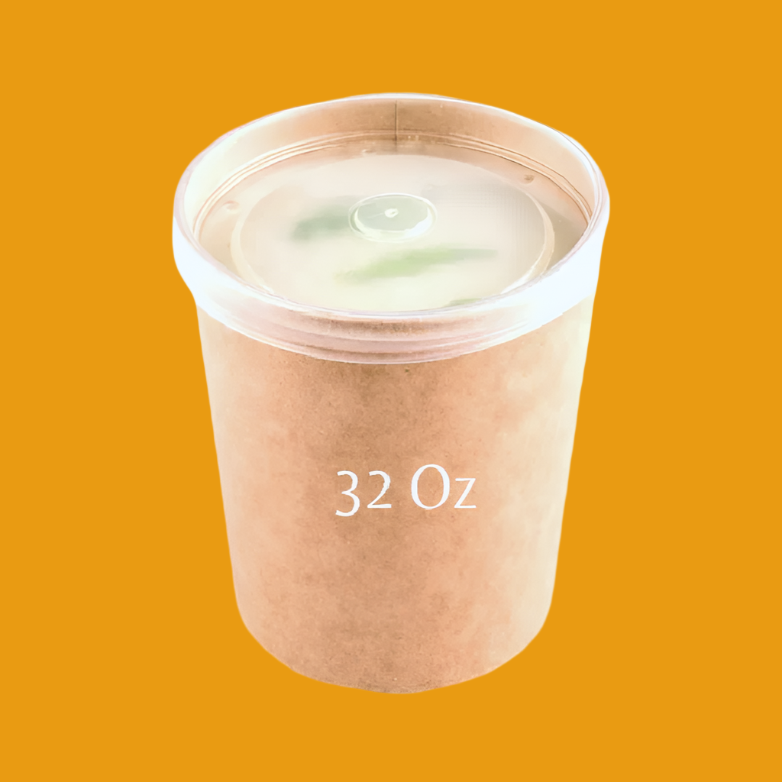With the rise of delivery-only food operations, understanding health and safety regulations for ghost kitchens has become a top priority for operators looking to build a reputable and legally compliant business. Unlike traditional restaurants, ghost kitchens often work in shared spaces or commissary setups, which introduces unique challenges related to sanitation, licensing, and food handling. This guide outlines the essential regulations and best practices every ghost kitchen must follow to protect customer health, avoid fines, and ensure long-term operational success.
-
Cloud Kitchen Hygiene Standards: How to maintain?
-
How to Start a Ghost Kitchen and Succeed in the Food Delivery Boom
-
Explore the Different Types of Ghost Kitchens for F&B Startups
Why Food Safety Matters in the Ghost Kitchen Model?

Ghost kitchens, also known as cloud kitchens or virtual kitchens, operate solely for delivery and takeout without a traditional dine-in space. As the food industry evolves, so too must our understanding of food safety within this innovative model. While ghost kitchens may have a different operational structure, they are not exempt from adhering to stringent food safety standards that traditional restaurants must follow.
Consequences of Non-Compliance
Neglecting food safety regulations can lead to dire consequences for ghost kitchens, affecting both the business and customers alike:
- Fines: Local health authorities may impose hefty fines for violations that jeopardize food safety.
- Shutdowns: Serious offenses can lead to immediate closure, halting business operations until compliance is achieved.
- Brand Damage: Negative publicity from health violations can damage a ghost kitchen's reputation, leading to a loss of customer trust and loyalty.
Benefits of Compliance
On the other hand, complying with health and safety regulations provides several advantages:
- Customer Protection: Adherence to safety standards ensures that food is safe to consume, thus protecting customer health.
- Operational Efficiency: Following established guidelines can streamline operations, helping to reduce waste and enhance productivity.
- Credibility Boost: Being compliant enhances the credibility of the ghost kitchen. Customers are more likely to order from businesses that prioritize food safety.
Key Health and Safety Regulations for Ghost Kitchens

Required Licenses and Certifications
To operate legally and safely, ghost kitchens must secure the following licenses and certifications:
- Food Service Business Licenses: Local health authorities require these licenses for any food service operation.
- Food Safety Certification for Operators: Training courses certify that kitchen staff understand essential food safety principles.
- Fire Safety Permits: If utilizing high-powered cooking equipment, obtaining fire safety permits is crucial to mitigate risks.
- Registration with Local Food Regulatory Agencies: This registration ensures that ghost kitchens are recognized by local authorities, affirming compliance with health regulations.
Food Handling and Sanitation Standards
Ensuring safe food handling and sanitation is vital for ghost kitchens:
- Staff Training: Regular training sessions on hygiene and food safety practices keep staff informed and vigilant.
- Proper Temperature Control: Maintaining suitable temperatures for food storage and preparation is necessary to prevent bacterial growth.
- Separation of Raw and Cooked Food: Designated areas for raw and cooked food can prevent cross-contamination, safeguarding customer health.
- Routine Cleaning and Sanitation: Establish regular cleaning schedules for kitchen spaces to maintain hygiene and prevent contamination.
Kitchen Layout and Equipment Standards
The physical layout and equipment used in ghost kitchens can significantly impact food safety:
- Adequate Ventilation and Exhaust Systems: Proper ventilation minimizes the buildup of smoke and odors while ensuring staff comfort.
- Slip-Resistant, Easy-to-Clean Flooring: Investing in appropriate flooring helps to maintain hygiene and minimize accidents.
- Convenient Handwashing Stations: Ensuring that handwashing stations are readily available reinforces hygiene protocols among staff.
- Food-Grade Cooking Tools: Using food-grade cooking tools and certified kitchen equipment reduces the risk of contamination.
Safe Packaging and Delivery Practices
Packaging and delivery methods are critical components of food safety in the ghost kitchen model:
- Tamper-Proof, Insulated Packaging: This packaging keeps food safe during transport, preserving temperature and minimizing tampering.
- Clear Labeling: Providing clear ingredient lists, allergen information, and expiration dates helps customers make informed choices.
- Delivery Staff Training: Training delivery staff in hygiene and food safety protocols helps maintain safety standards beyond the kitchen.
Managing Food Safety in Shared (Commissary) Kitchens

Clarifying responsibilities among multiple operators
In shared kitchen environments, especially ghost kitchens, it is essential to establish clear responsibilities among the various operators. Each kitchen tenant needs to know their specific duties regarding food safety to prevent mishaps. For instance, one operator may be responsible for managing the cleanliness of shared spaces, while another handles specific equipment and utensils. Clarifying these roles not only helps reduce confusion but also ensures that all parties are accountable.
Establishing shared sanitation and quality control processes
Implementing comprehensive sanitation protocols is crucial in a shared kitchen setting. Operators should work together to create common cleaning schedules and sanitation checklists that detail daily, weekly, and monthly cleaning tasks. It’s beneficial to appoint a lead operator responsible for overseeing adherence to these protocols. Additionally, all operators should agree on a quality control process to ensure that any food served meets safety standards. This includes regular checks for food freshness and proper storage practices to maintain quality.
Regular inspections to ensure all parties are in compliance
Regular inspections play a critical role in maintaining food safety in shared kitchens. Establishing a routine for self-inspections can help catch potential safety issues before they escalate. Operators should aim to conduct these inspections at least once a month, documenting findings to create a transparent safety culture. Furthermore, involving external health inspectors periodically will help ensure compliance with local health regulations and give operators insights into areas needing improvement.
How to Maintain and Improve Food Safety Standards

Use of technology to monitor temperature and cleaning schedules
Technology can be a game changer in maintaining food safety standards. Implementing temperature monitoring systems that alert operators when food storage temperatures exceed safe limits can prevent foodborne illnesses. Additionally, automated cleaning schedule reminders or logs can keep everyone on track. Tools like apps for cleaning checklists and temperature logs can streamline operations and ensure no task gets missed.
Ongoing staff training on food safety protocols
Continuous staff training is pivotal for maintaining high food safety standards. Each operator should invest in regular training sessions that cover food handling, hygiene, and equipment safety. Role-playing scenarios can be beneficial to reinforce learning and ensure that everyone knows how to respond to food safety incidents. Moreover, keeping training sessions engaging will enhance retention and encourage team members to prioritize safety.
Conducting internal audits and preparing for regulatory inspections
Internal audits can serve as a useful practice for identifying gaps in food safety systems. Operators should schedule these audits bi-annually to keep best practices at the forefront and ensure compliance with all health regulations. Preparing for regulatory inspections should not be a last-minute effort; rather, a well-documented process throughout the year can ease the stress and potentially result in better inspection outcomes.
Conclusion
Food safety compliance is not just an option but a necessity in the ghost kitchen model. With multiple operators sharing the same space, it is vital to maintain robust systems and clear communication. Restaurant owners and startups must consider investing in proper food safety systems early on, not only to comply with regulations but also to protect their businesses and customers.









